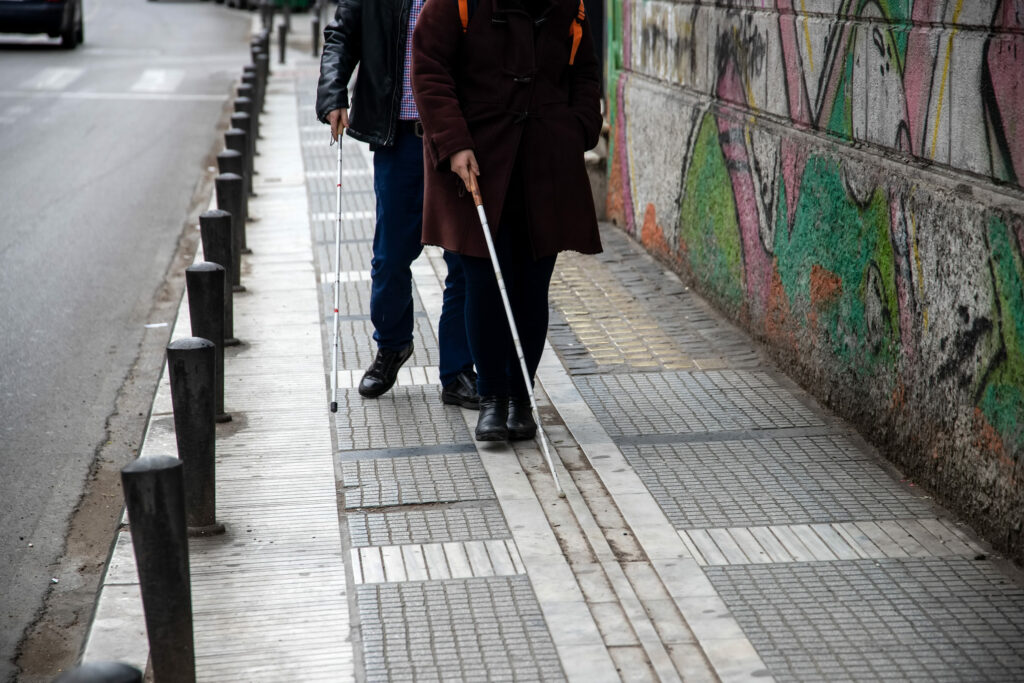
What is Tactile Paving?
When you walk, you probably notice a series of small yellow domes in a grid pattern on sidewalks. While these may seem like an aesthetic choice, they are there to help those living with a visual impairment safely navigate their surroundings.
What is Tactile Paving?
These patterns are called tactile paving (also known as ground surface indicators or detectable warning plates). The paving was designed to notify a visually impaired pedestrian of any changes in the area. This can range from the transition from sidewalk to roadway, or caution commuters to watch their step when at a flight of stairs. The patterns are often in a different color than the sidewalk to provide color contrast.
The Origins of Tactile Paving
Tactile paving was first developed in Japan by Seiichi Miyake in 1967. During this time, it was also known as Tenji bricks. The pacing quickly spread across Japan and was eventually adopted by Japan National Railways. From there, the United States incorporated tactile paving in the 1990’s.
While the original design used pre-cast concrete models, modern paving uses materials such as stainless steel, concrete, and ceramic. These allow the plates to be more durable for many years.
Types of Tactile Paving Patterns
No two tactile paving patterns are designed the same. Similar to Braille, different patterns send different messages ranging from safe pathways or immediate hazards. There are three types of tactile paving patterns: Attention, Guiding, and Lozenge.
Attention patterns area series of rows of truncated domes. This pattern comes in two forms: grid and offset. A grid pattern are evenly spaced domes in a square grid. This pattern warns of a dropped curb at the end of sidewalk. An offset attention pattern is a staggered version of the grid pattern that warns of large holes or chases ahead and they are mostly used at train stations.
Guiding patterns are rounded rod-like lines. This pattern can run two different ways (across or alongside a path), sending two different messages. A guiding pattern across a path warns of trip hazards ahead, while a gilding pattern along a path shows a safe route to follow.
Lastly, the lozenge pattern is evenly spaced lozenge-shaped tiles. This pattern warns of fast moving transportation ahead such as trains.
We hope that the next time you notice Tactile Paving in public, it reminds you that it helps those living with visual impairments better navigate the area around them.
S
